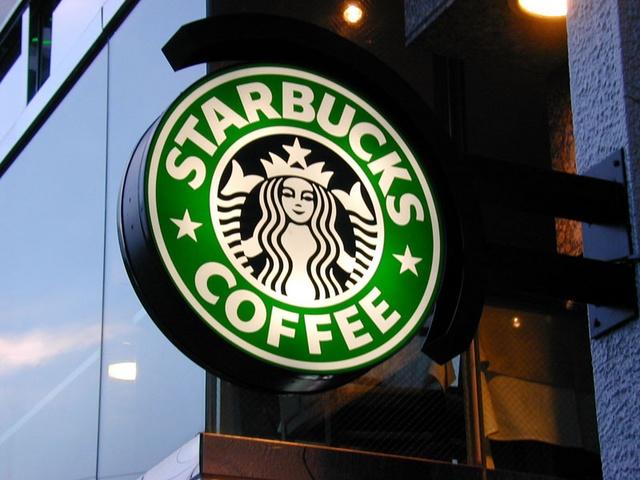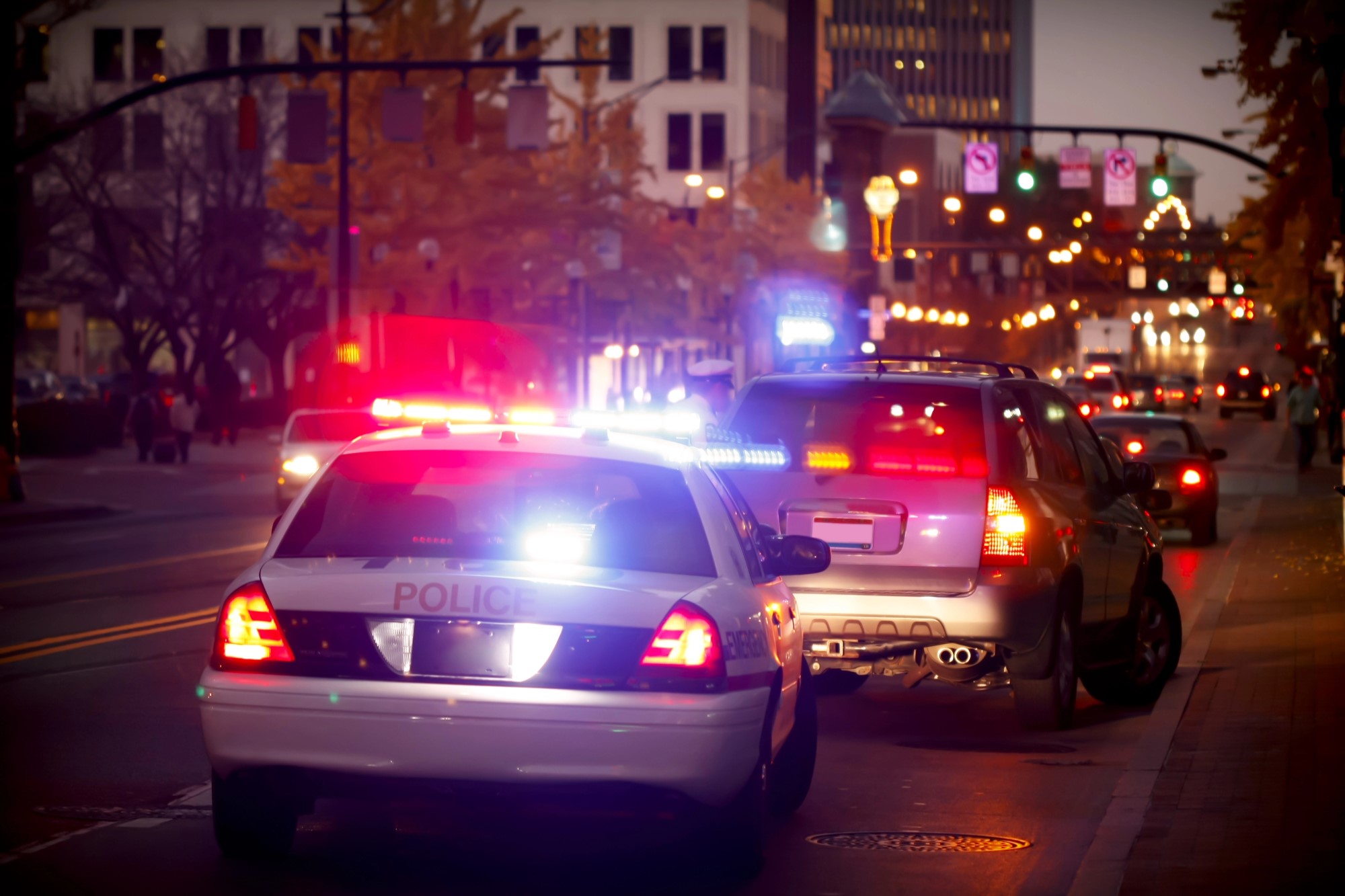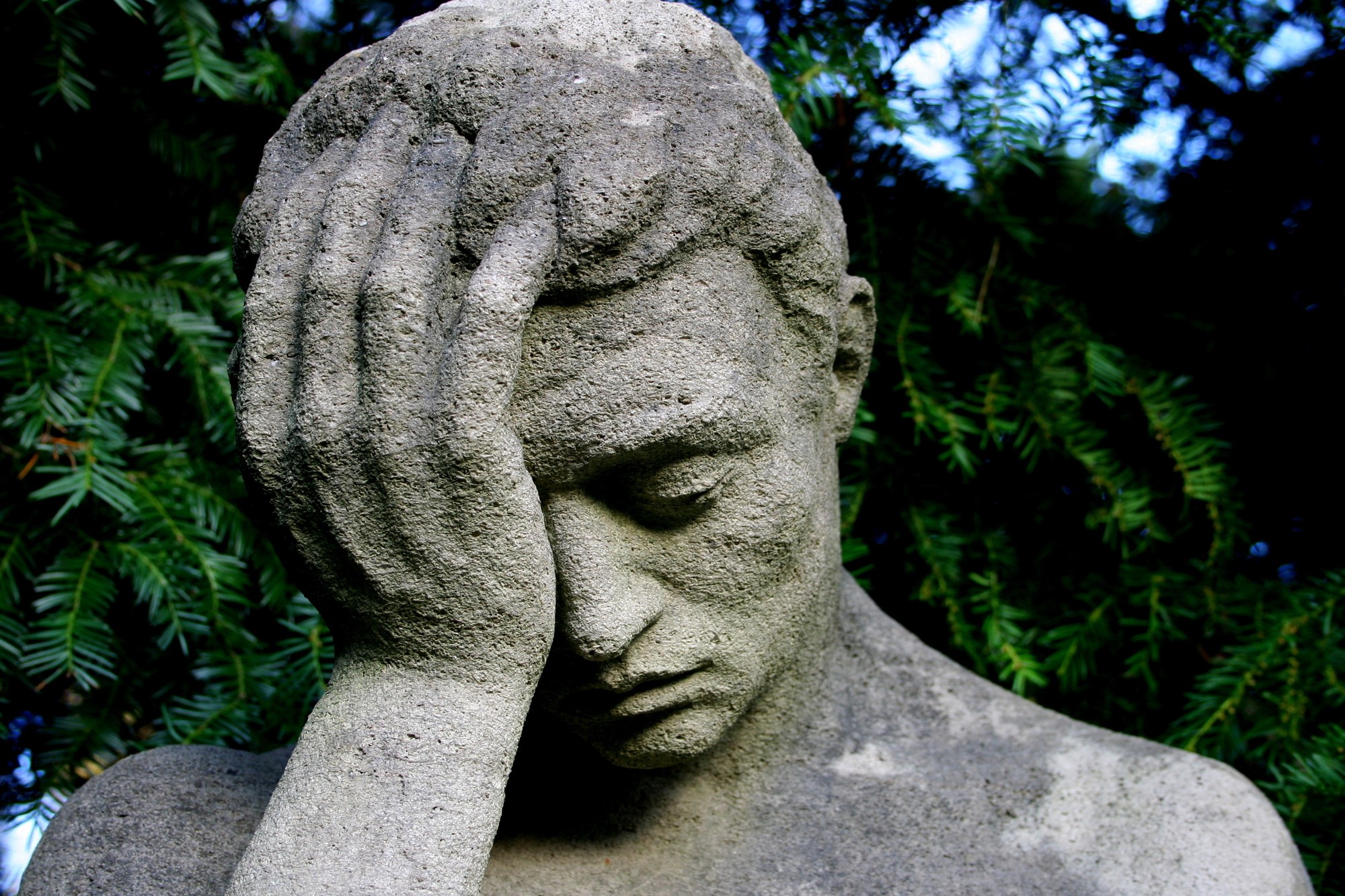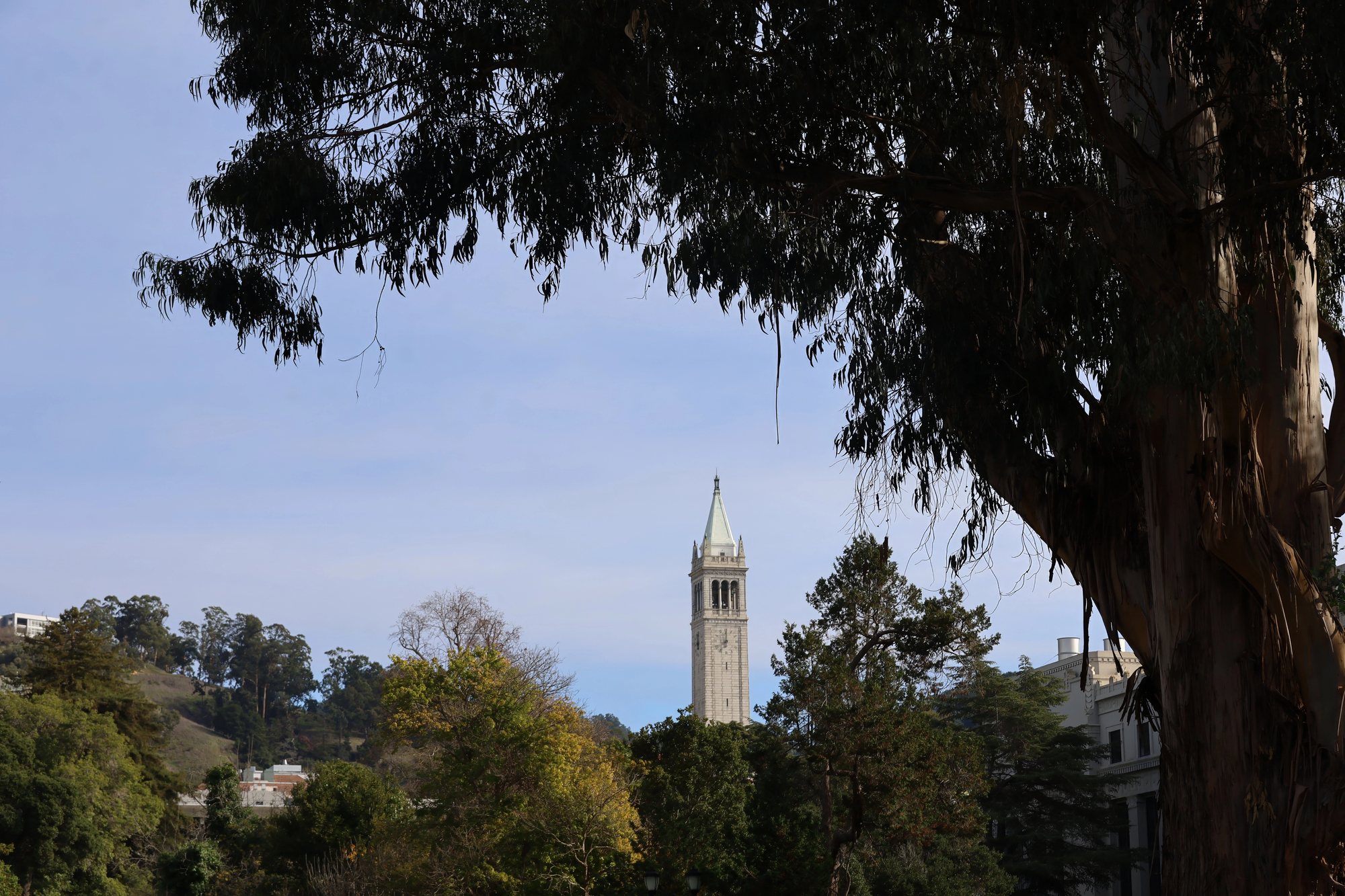Who is Welcome at Starbucks?
Most Starbucks customers have spent a good number of non-paying hours in Starbucks stores—waiting for a friend, writing a paper or grading one, staying warm, or just chilling. And most regular customers will admit to an occasional purchase-free visit to the store just for the purpose of using the bathroom. But when two black men in Philadelphia went to a store in Rittenhouse Square for a business meeting and asked for the bathroom key, having ordered nothing first, it was only two minutes before an employee called 911. The police showed up minutes later, handcuffed the two and put them in a squad car. Only after nine hours at police headquarters, with Starbucks declining to press trespassing charges, were they released.
A video of the police intervention taken by another customer has been watched millions of times and has provoked national outrage. For once, those who are resistant to acknowledging racial bias have been forced to admit that racial bias is a reality. Most of us feel sure that idling at Starbucks (for hours!) has never put us in jeopardy of being arrested, but to idle even briefly as a black male is another matter. The trauma suffered by these two young men is something most people are unlikely to ever experience.
By now there have been weeks of national outrage and local demonstrations. Starbucks CEO Kevin Johnson quickly met with the two young men and apologized to them. Then the company announced that it would close all 8,000 of its stores for racial bias training on May 29. Former Attorney General Eric Holder will be involved in planning the sessions along with the NAACP and the Anti-Defamation League. It’s an impressive move—one that shows seriousness and resolve.
But what, I wonder, will be the content of these training sessions? “Don’t do what the Philadelphia employee did” is sure to be lesson number one. No doubt there will also be lessons on recognizing explicit or implicit bias against black customers. Surely no one would call 911 in two minutes, in response to entirely benign behavior, if they were not having an adverse reaction to the race and gender of these two men.
Beyond the obvious lessons, though, everything else seems hard and puzzling. Starbucks is eager to be a public square or living room for customers who regularly order drinks and food. They want the business of people who need space for meetings, studying, relaxing, warming up, cooling down, and the like. Unpaid use of Starbucks tables leads to paid use of Starbucks tables. So shooing away all of the idlers isn’t desirable.
What criterion could there possibly be for deciding who among the non-paying are welcome in a Starbucks store? Should employees tolerate non-payers who look like they go to school or have jobs? But wait, how about people who look like stay-at-home mothers and fathers? They can stay! But what about people who look like retirees just trying to rest after a walk? Let them stay too! And on, and on…
But then is everyone welcome? I take it the sad truth is No. The store can’t be a living room for the homeless population around Rittenhouse Square. That’s not a viable business model. What then? Should the rule be that not-currently-paying people are welcome as long as they don’t look like they’re homeless?
I’m not sure that a policy like this would break any laws. Under Title II of the Civil Rights Act of 1964, discrimination in places of public accommodation involves treating people differently because they fall into a category on a list of protected categories: race, gender, religion, and national origin. Excluding people because they “look homeless” might not be prohibited, but it certainly seems awful. There’s the problematic, stereotype-laden notion of “looking homeless,” but also the troubling implication that people are less welcome, the more they need a safe, warm, well-lit place to rest their bones.
So what is a legal, ethical, and palatable way to draw the line between people welcome into the Starbucks living room, despite not currently paying for food and drink, and people not welcome? Is there a respectable way to draw such a line?
To be candid, I don’t know. I’d like to be a fly-on-the-wall at one of the May 29 training sessions. Better still would be if the content of these training sessions were shared with everyone. We could all use the racial bias training, and it would be interesting to know how Eric Holder and the other trainers solve the welcome/not welcome conundrum.





